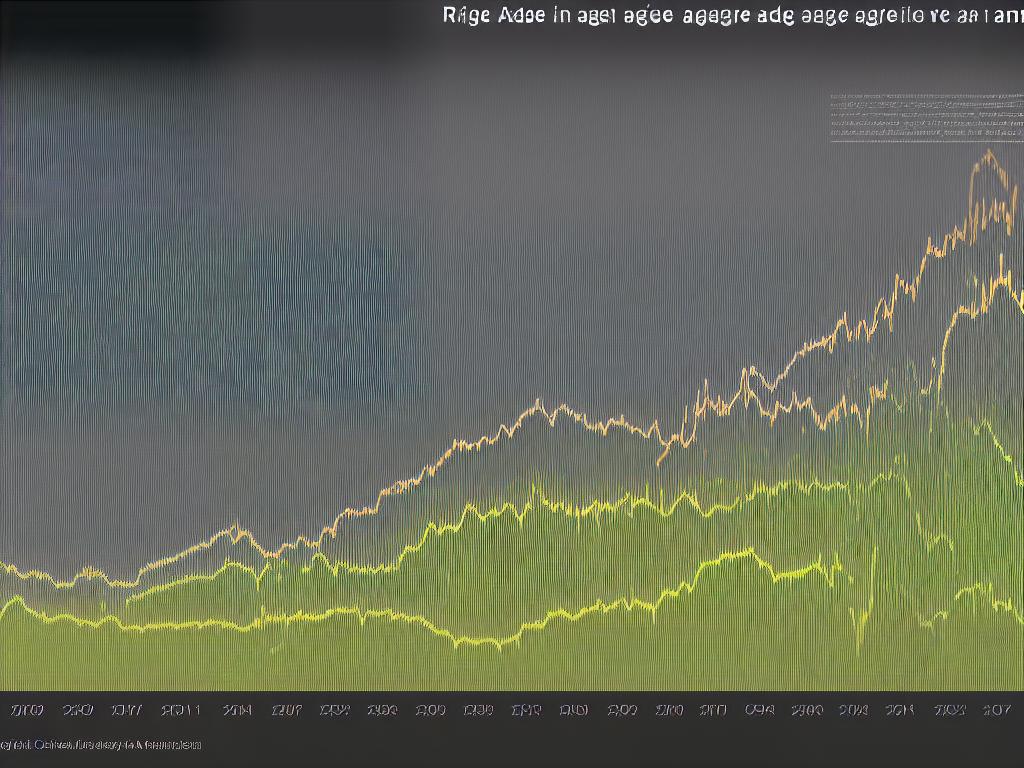As the world’s population continues to evolve, understanding the changing demographics of a nation is critical for sustainable growth and development. In Australia, these demographic shifts are particularly notable, with significant implications for both social and economic realms. This essay seeks to inform the general public about the current average age of Australians and the factors influencing these trends, such as fertility rates, immigration, and life expectancy. By examining these aspects, we aim to provide insights into the potential implications and projections for the future of Australian society as it grapples with an aging population.
Current Demographics and Trends
Average Age of Australians Trending Up
Australia’s population is currently experiencing a significant demographic shift, with an increase in the average age of its citizens. According to the Australian Bureau of Statistics, as of June 2020, the median age of Australians is 37.8 years, up from 36.8 years in 2010. This trend suggests that Australia’s population is aging, primarily due to a combination of factors such as declining fertility rates, increased life expectancy, and changes in immigration patterns.
A substantial contributor to the aging population is the country’s fertility rate. Over the past several decades, Australia’s total fertility rate has declined, with 1.76 babies per woman in 2010 dropping to 1.66 in 2020. This decrease is partly due to women choosing to have children later in life or having fewer children overall. This trend of decreasing fertility rates contributes to a higher median age among the population since there are proportionately fewer young people being born.
Increased life expectancy is another crucial factor in the aging population. Australians are generally enjoying longer and healthier lives, thanks to advancements in healthcare and living conditions. As of 2020, life expectancy at birth in Australia is 83.3 years, an increase from 81.9 years in 2010. This rise in life expectancy means that a larger percentage of the population is now in older age brackets compared to earlier periods. Additionally, shifts in immigration patterns have also impacted the average age of Australians, with fewer young immigrants arriving in recent years who might have otherwise lowered the median age. Overall, the combination of declining fertility rates, increased life expectancy, and changes in immigration patterns have all contributed to the rising average age of Australians.

Implications and Projections Related to the Average Age of Australians
Implications of an Aging Population
The aging population in Australia has significant implications for various social and economic aspects of society. As the average age of Australians continues to increase, it puts pressure on the healthcare system, as older individuals typically require more medical care and resources. Furthermore, this translates to higher public spending on healthcare services, which may strain the government’s budget. There is also concern that an aging population could negatively impact the labor force. Older individuals tend to retire from the workforce, which could result in labor shortages, especially in highly specialized and skilled sectors.
Economic and Social Projections
Projections indicate that Australia’s aging population trend will likely continue over the coming decades. In response, policymakers need to consider long-term strategies that address the potential challenges posed by this demographic shift. For example, encouraging older individuals to stay in the workforce for longer could help mitigate the labor shortages issue, while also easing the pressure on pension and retirement funds. Additionally, investments in technology and medical research focused on aging-related issues could help improve the quality of life for older Australians, reducing the burden on healthcare services.
Another potential avenue for addressing the implications of an aging population is through immigration policies. Attracting skilled immigrants can help replenish the labor force and stimulate economic growth, while also diversifying the demographic makeup of the country. However, it is vital to ensure that such policies are implemented responsibly, considering the social integration of new immigrants and potential negative impacts on employment opportunities for existing residents. Overall, balancing the challenges and opportunities associated with an aging population in Australia will require thoughtful policy considerations and a long-term vision for the nation’s future.

As we have explored, demographic shifts in Australia are shaping the nation’s social and economic landscape, with the current average age of Australians providing valuable information for various sectors. With a thorough understanding of the factors driving these changes and their potential implications, policymakers and the public alike can better prepare for the challenges and opportunities ahead. Ultimately, being informed about demographic trends allows for proactively addressing the needs of an aging population, thus ensuring a more sustainable and vibrant future for all Australians.






